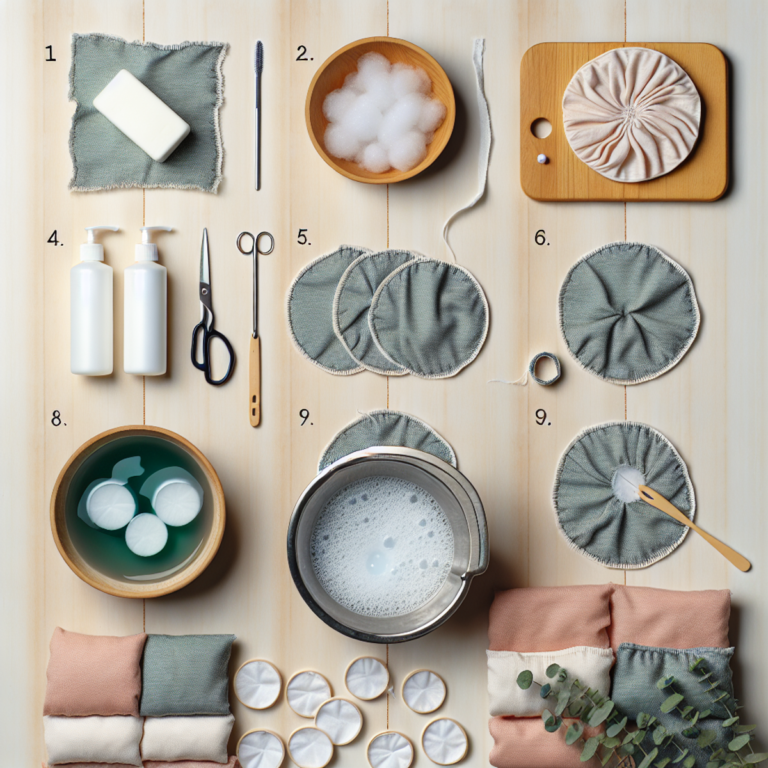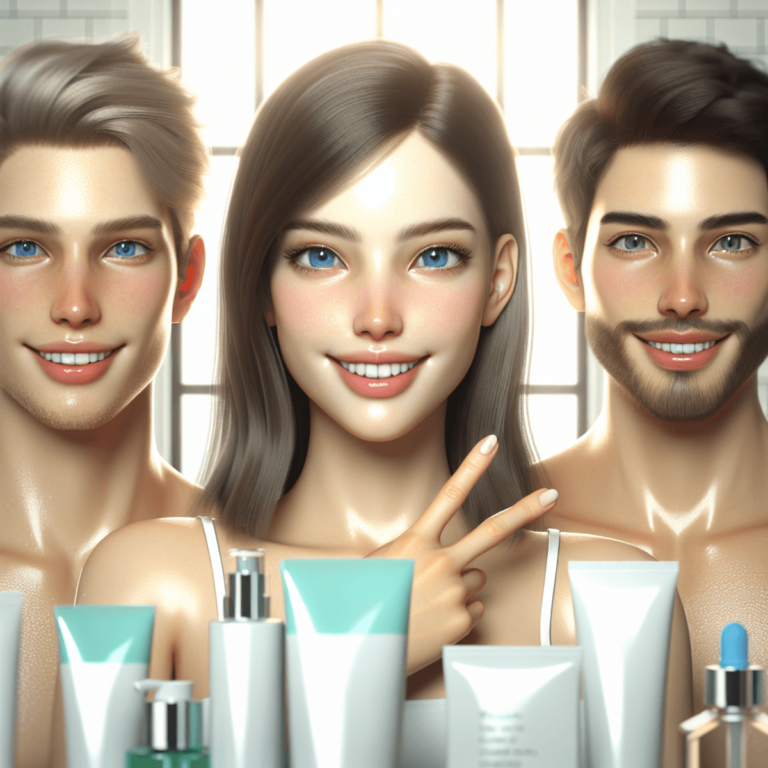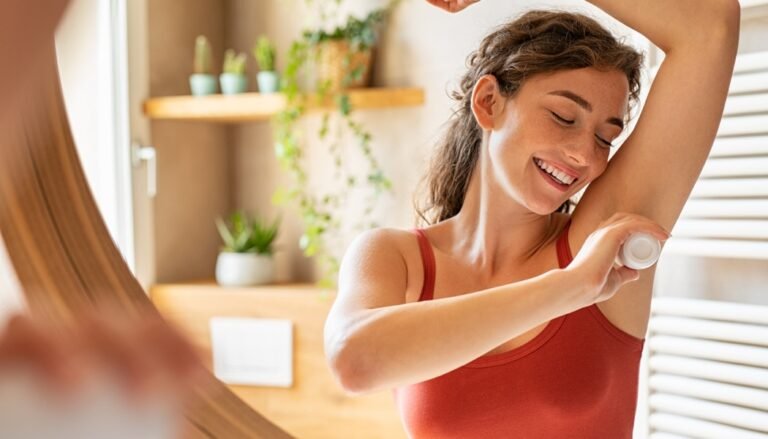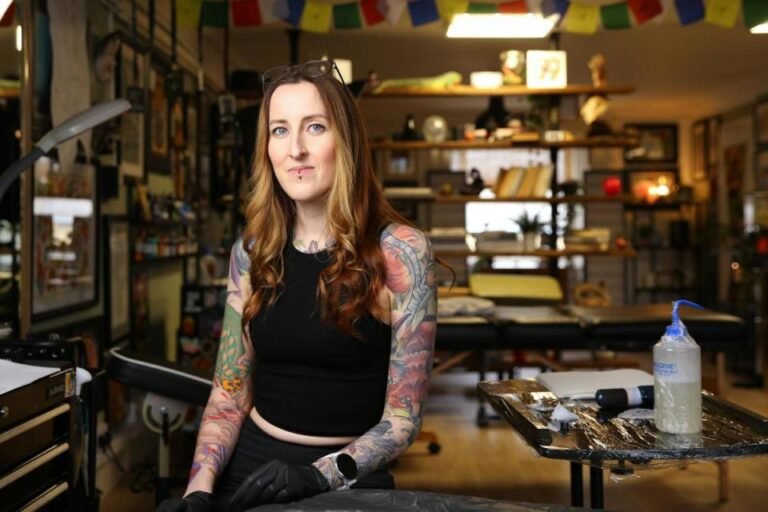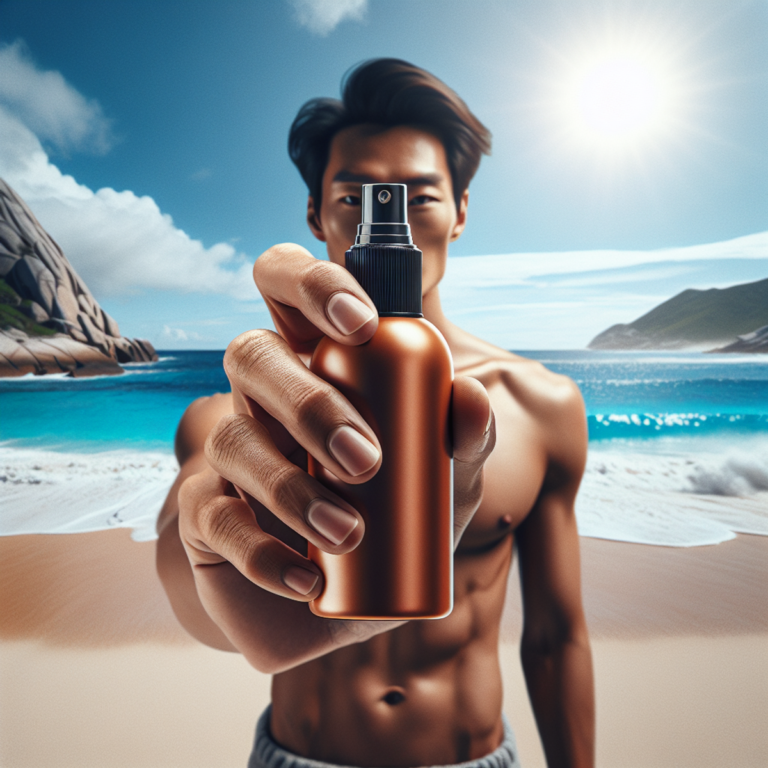How To Get Rid of Pimples Fast? Dermatologist Shares Tips
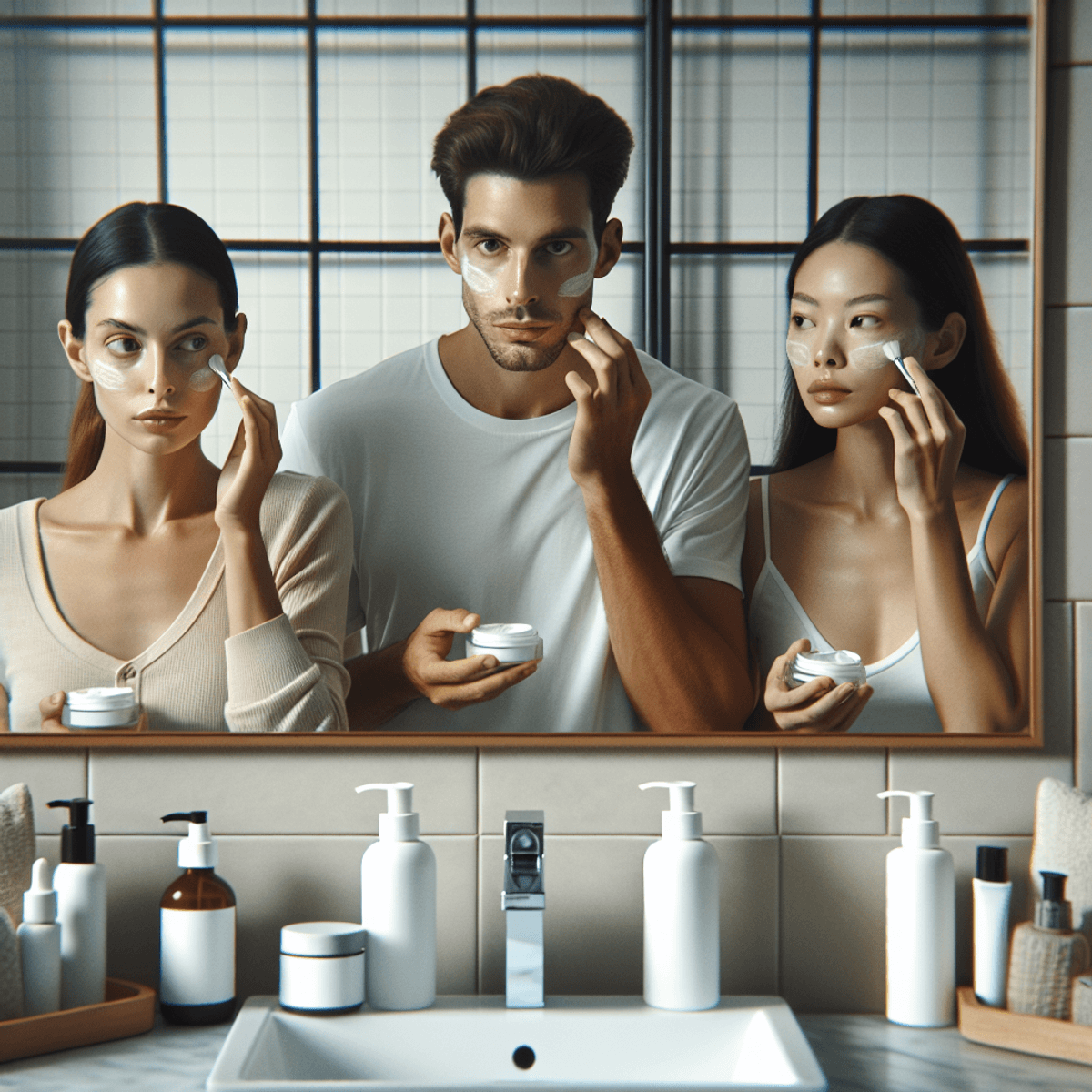
Introduction
It’s important to deal with pimples quickly to avoid scarring and discomfort. Some common causes of acne are:
- Hormonal changes
- Too much oil production
- Bacterial infections
These factors can cause different kinds of pimples, from small whiteheads to painful cystic acne.
Dermatologists are key in treating acne. They provide expert guidance on the best products and treatments for your specific skin needs. Their knowledge can help you navigate the many treatment options out there, making sure you pick the best ways to get rid of pimples quickly.
Understanding Pimples
What Are Pimples?
Pimples, commonly known as acne, are skin blemishes that occur when hair follicles become clogged with oil and dead skin cells. There are several types of pimples:
- Whiteheads: Closed pores filled with sebum and dead cells.
- Blackheads: Open pores where the buildup oxidizes, turning black.
- Cystic Acne: Painful, pus-filled lumps beneath the skin’s surface.
What Causes Pimples?
Several factors contribute to the formation of pimples:
- Hormones: Fluctuations in hormones, especially during puberty, menstruation, or pregnancy, can increase oil production leading to clogged pores.
- Bacteria: Propionibacterium acnes (P. acnes) bacteria thrive in clogged pores and cause inflammation.
- Clogged Pores: Excess oil, dead skin cells, and environmental debris can block hair follicles.
What Makes Acne Worse?
Certain lifestyle and environmental factors can worsen acne:
- Diet: High glycemic foods and dairy products may trigger breakouts in some individuals.
- Stress: Stress hormones like cortisol can increase oil production.
- Skincare Products: Comedogenic products can clog pores and aggravate acne. Opt for non-comedogenic options to minimize this risk.
Understanding these aspects helps you identify what causes pimples and how to get rid of pimples effectively.
Quick Fixes for Pimples Recommended by Dermatologists
1. Benzoyl Peroxide
How It Works to Kill Bacteria and Reduce Inflammation
Benzoyl Peroxide is a staple in acne treatment, frequently recommended by dermatologists for its effectiveness. This topical treatment works by:
- Killing Acne-Causing Bacteria: It penetrates the pore lining and releases oxygen. This environment is hostile to Propionibacterium acnes (P. acnes), the bacteria responsible for acne.
- Reducing Inflammation: By decreasing bacterial count, it subsequently reduces the inflammation, redness, and swelling associated with pimples.
Benzoyl Peroxide is particularly effective for inflammatory acne, including papules and pustules, due to its ability to target the root cause—bacterial proliferation.
Recommended Concentrations and Application Tips
Choosing the right concentration is crucial for minimizing side effects while maximizing effectiveness. Benzoyl Peroxide products are commonly available in concentrations ranging from 2.5% to 10%. Here’s how to navigate your options:
- 2.5% Concentration: Ideal for sensitive skin or those new to benzoyl peroxide. It offers substantial efficacy with reduced risk of irritation.
- 5% Concentration: Suitable for moderate acne and those who can tolerate slightly stronger formulations.
- 10% Concentration: Best for severe acne but can be more irritating. Use with caution and consider consulting a dermatologist before use.
Application Tips:
- Patch Test First: Apply a small amount on a discreet area of skin to check for adverse reactions.
- Start Slow: Begin with once-daily application, preferably at night. Gradually increase to twice daily if well-tolerated.
- Moisturize: Benzoyl Peroxide can be drying; pair it with a non-comedogenic moisturizer to maintain skin hydration.
- Sun Protection: Always apply sunscreen during the day as benzoyl peroxide can make your skin more sensitive to UV rays.
Understanding how benzoyl peroxide works and following these guidelines can help you effectively incorporate this powerful ingredient into your skincare routine, achieving clearer skin faster and safely.
By leveraging benzoyl peroxide’s antibacterial properties, you can address pimples swiftly, making it an excellent choice when searching for solutions on how to get rid of pimples overnight.
2. Salicylic Acid
Salicylic acid is a powerful ingredient in the fight against acne, especially when you need fast pimple remedies. Its main job is to clear out pores and exfoliate the skin, making it a must-have in many over-the-counter acne treatments.
How It Works:
- Unclogging Pores: Salicylic acid goes deep into the pores to break down dead skin cells that can cause blockages. This helps stop new pimples from forming.
- Exfoliating Skin: By encouraging the shedding of the outer layer of skin, salicylic acid keeps pores clean and free from debris, lowering the chances of breakouts.
Products Containing Salicylic Acid:
- Cleansers: These are made for daily use and help keep your skin clean and free from impurities. Look for products with 0.5% to 2% salicylic acid.
- Toners: Toners with salicylic acid can be used after cleansing to remove any leftover oil and dirt while also giving gentle exfoliation.
- Spot Treatments: These are concentrated forms of salicylic acid meant for direct application on pimples. They work quickly to reduce size and redness.
Using salicylic acid can greatly improve your acne situation when used correctly. It’s important to include it in your skincare routine if you’re looking for effective ways on how to get rid of pimples overnight.
3. Ice Application
Applying ice to inflamed pimples can provide immediate relief and help diminish swelling. This method is especially useful for those wondering how to get rid of pimples overnight or seeking fast pimple remedies.
Immediate Benefits of Applying Ice:
- Reduces Inflammation: Ice can significantly reduce redness and swelling, making the pimple less noticeable.
- Numbs Pain: The cold temperature helps numb the area, providing temporary pain relief.
- Shrinks Pores: Ice causes the blood vessels to constrict, reducing the size of pores and limiting further clogging.
Proper Technique for Ice Application:
- Wrap in a Cloth: Do not apply ice directly to the skin. Wrap it in a thin cloth to prevent frostbite.
- Apply for Short Intervals: Hold the wrapped ice on the pimple for 1-2 minutes at a time, allowing breaks between applications.
- Repeat as Needed: Apply several times throughout the day to maintain reduced inflammation.
Using ice offers a quick, accessible solution for breakouts when immediate action is essential. As part of an integrated skincare routine, it complements treatments like benzoyl peroxide for acne. Addressing breakouts promptly with these methods can make a notable difference in skin appearance and comfort.
4. Cortisone Injections
Cortisone injections are a fast-acting treatment for severe and painful acne breakouts. This procedure involves injecting a corticosteroid directly into the inflamed pimple, which significantly reduces swelling, redness, and pain within 24 to 48 hours. It’s an ideal solution for those seeking immediate relief from large and persistent pimples.
When should you consider cortisone injections?
- Severe Acne: If you have cystic or nodular acne that is not responding to over-the-counter treatments such as benzoyl peroxide or salicylic acid.
- Important Events: When you need a quick fix for a breakout before an important event, such as a wedding or job interview.
- Painful Breakouts: If the pimple is causing significant discomfort and pain.
Effectiveness of Cortisone Injections:
- Rapid Relief: Provides noticeable improvement in inflammation and size of the pimple within a day or two.
- Minimal Side Effects: Generally safe when administered by a qualified dermatologist, but it can cause temporary skin thinning at the injection site.
This treatment is highly effective but should be reserved for severe cases due to its potency. Consulting a dermatologist will ensure this method is used appropriately, offering you the best chance of achieving rapid relief without complications.
Natural Remedies for Pimples Supported by Dermatologists
1. Tea Tree Oil
Tea tree oil is a well-known natural remedy with anti-inflammatory and antimicrobial properties. It’s become popular as an effective way to remove pimples naturally. Dermatologists often suggest using it as part of a holistic approach to managing acne because it can fight acne-causing bacteria and reduce inflammation.
How Tea Tree Oil Works and How to Use It
Anti-inflammatory Properties
Tea tree oil contains compounds like terpinen-4-ol, which help reduce redness, swelling, and inflammation associated with pimples. Its antimicrobial properties also target Propionibacterium acnes, the bacteria commonly found in acne.
Application Methods
- Spot Treatment: Dilute tea tree oil with a carrier oil (e.g., coconut or jojoba oil) before applying it directly to the pimple. A typical ratio is one drop of tea tree oil to 12 drops of carrier oil.
- Face Masks: Mix a few drops of tea tree oil with natural ingredients like honey or yogurt to create a soothing face mask.
- Over-the-counter Products: Many skincare products containing tea tree oil are available, including cleansers, toners, and spot treatments.
Why You Should Test Tea Tree Oil First
Before adding tea tree oil to your skincare routine, it’s important to do a patch test. Applying the undiluted oil directly onto the skin can cause irritation or allergic reactions in some people.
Here’s how you can conduct a patch test:
- Dilute the Tea Tree Oil: Mix one drop of tea tree oil with a carrier oil.
- Apply to a Small Area: Dab the mixture onto a small area of your skin, such as the inside of your forearm.
- Wait and Observe: Leave it on for 24 hours and observe any reactions like redness, itching, or swelling.
- Proceed with Caution: If no adverse reactions occur, you can proceed with using diluted tea tree oil on your face.
Using tea tree oil responsibly ensures that you harness its benefits without risking skin irritation. This approach aligns with dermatologists’ recommendations for safe and effective natural pimple treatments.
2. Pimple Patches
Pimple patches are a convenient solution for treating individual pimples. These small, adhesive bandages work by absorbing excess oil and pus from the pimple, reducing inflammation and irritation.
How They Work:
- Oil Absorption: The material in pimple patches is designed to draw out impurities from the skin, effectively reducing the size of the pimple and preventing further infection.
- Barrier Protection: By covering the pimple, these patches protect it from external bacteria and discourage you from picking or touching the area, which can make breakouts worse.
- Soothing Ingredients: Many patches contain soothing ingredients like tea tree oil or salicylic acid that help calm inflammation and speed up healing.
Recommended Brands and Usage Tips:
Popular Brands:
- Cosrx Acne Pimple Master Patch: Known for its strong adhesion and effectiveness in reducing pimples overnight.
- Mighty Patch: Offers various options including invisible patches that can be worn during the day.
- Nexcare Acne Cover: Known for its excellent absorption capability and comfort.
Usage Tips:
- Cleanse the Area: Make sure your skin is clean and dry before applying a patch to maximize its adhesion and effectiveness.
- Apply Directly to Pimples: Place the patch over the pimple and leave it on for at least 6-8 hours, typically overnight.
- Monitor Progress: Check the patch periodically. If it turns white, it means it has absorbed impurities and can be replaced with a new one.
Pimple patches offer a discreet, effective way to manage breakouts without using harsh chemicals or invasive treatments. They provide a natural alternative for those looking to remove pimples naturally while minimizing irritation.
Preventative Measures Against Breakouts Recommended by Dermatologists
1. Non-Comedogenic Makeup
Using non-comedogenic makeup is crucial for anyone looking to prevent future breakouts. Non-comedogenic products are specifically formulated to avoid clogging pores, which is a common cause of acne. These products allow your skin to breathe and reduce the likelihood of pimples forming.
Benefits of Non-Comedogenic Products
- Reduce Clogged Pores: These products are designed to prevent the blockage of hair follicles, reducing the risk of pimples.
- Gentle on Skin: Typically free from harsh chemicals and oils that can irritate sensitive, acne-prone skin.
- Enhanced Skin Health: By avoiding pore-clogging ingredients, these products support a clearer complexion over time.
Tips for Choosing Makeup That Won’t Clog Pores
- Read Labels Carefully: Look for terms like “non-comedogenic,” “oil-free,” and “won’t clog pores” on product labels.
- Opt for Water-Based Formulas: These are generally lighter and less likely to cause breakouts compared to oil-based products.
- Avoid Heavy Foundations: Stick to lightweight formulas such as tinted moisturizers or BB creams.
- Check Ingredients: Be cautious of ingredients like mineral oil, lanolin, and certain silicones that can contribute to clogged pores.
- Patch Test New Products: Always test new products on a small area of your skin before applying them to your face.
- Use Clean Tools: Regularly clean your makeup brushes and sponges to prevent bacteria buildup.
- Remove Makeup Thoroughly: Ensure you remove all makeup before going to bed using a gentle cleanser suited for acne-prone skin.
Incorporating non-comedogenic makeup into your skincare routine for acne-prone skin can significantly reduce the occurrence of breakouts. This practice, combined with other preventative measures like maintaining proper hygiene and using suitable skincare products, helps in managing and preventing acne effectively.
2. Blue Light Therapy
Blue light therapy has become a popular choice for treating acne. It works by targeting and reducing the bacteria that cause breakouts. This non-invasive procedure uses blue light to penetrate the skin’s surface, effectively killing Propionibacterium acnes (P. acnes), the bacteria responsible for inflammation and pimples.
How Blue Light Therapy Works
- Bacterial Reduction: The main way it works is by using blue light to destroy P. acnes bacteria, which are sensitive to this specific wavelength.
- Inflammation Control: By reducing the amount of bacteria, blue light therapy helps lower inflammation, leading to fewer and less severe breakouts.
Options and Effectiveness
You have two main options when considering blue light therapy:
- Home Devices:
- Convenience: Home devices are easy to get and can be used as part of your daily skincare routine without needing appointments.
- Effectiveness: While convenient, home devices may offer less intense treatments compared to professional options. They can still be effective for mild to moderate acne when used consistently.
- Professional Treatments:
- Higher Intensity: Done in dermatology clinics, these treatments use stronger light sources, often giving quicker and more noticeable results.
- Comprehensive Care: A professional setting allows for a tailored approach, often combining blue light therapy with other treatments for optimal results.
Adding blue light therapy to your skincare routine can help stop future breakouts and keep your skin clearer. Always talk to a dermatologist to find out what treatment plan is best for you.
Lifestyle Changes to Support Clear Skin Recommended by Dermatologists
Adopting healthy lifestyle habits can significantly improve skin clarity. Dermatologists emphasize the importance of:
- Balanced Diet: Eating a diet rich in fruits, vegetables, and whole grains can help maintain clear skin. Avoiding high-glycemic foods, such as sugary snacks and refined carbs, reduces the risk of breakouts.
- Hydration: Drinking plenty of water helps keep your skin hydrated and flushes out toxins.
- Regular Exercise: Physical activity improves circulation, which can promote healthier skin.
- Stress Management: Techniques like yoga and meditation can help reduce stress levels that contribute to acne flare-ups.
- Adequate Sleep: Ensuring 7-9 hours of quality sleep each night helps your skin regenerate and repair itself.
Avoiding Common Mistakes in Acne Treatment Recommended by Dermatologists
To achieve clear skin, it’s essential to avoid common pitfalls:
- Picking or Popping Pimples: This can lead to increased inflammation, infection, and scarring.
- Overusing Products: Excessive application of acne treatments can irritate the skin and worsen breakouts.
- Skipping Moisturizer: Even oily skin needs hydration. Look for non-comedogenic moisturizers.
- Using Harsh Home Remedies: Ingredients like toothpaste or lemon juice can cause irritation and damage the skin barrier.
- Ignoring Sunscreen: Sun exposure without protection can exacerbate acne and lead to hyperpigmentation.
Paying attention to these mistakes in treating pimples helps maintain a healthy skincare routine.
When to See a Dermatologist? Signs That Indicate Professional Help Is Needed
Recognizing when to seek professional help is crucial for effective acne management. Here are signs that indicate it’s time to consult a dermatologist:
- Persistent Breakouts: If your pimples last longer than usual despite using over-the-counter treatments, professional advice may be necessary.
- Severe Acne: Nodules, cysts, or widespread inflammation often require specialized interventions.
- Scarring or Dark Spots: Early treatment can prevent long-term skin damage.
- Emotional Distress: Acne impacting your self-esteem or causing emotional distress warrants a dermatologist’s attention.
- Ineffective Treatments: When common remedies fail to show results, a tailored treatment plan from a dermatologist can be beneficial.
Dermatologists provide expert guidance on how to get rid of pimples fast and effectively, ensuring comprehensive care tailored to your skin’s needs.
Advanced Treatment Options Offered by Dermatologists
Dermatologists provide advanced treatments that target severe or persistent acne. These options include:
- Chemical Peels: Utilizes acids to exfoliate and remove dead skin cells, promoting cell turnover.
- Laser Therapy: Targets deeper layers of the skin to reduce bacteria and inflammation, improving acne scars over time.
- Photodynamic Therapy (PDT): Combines light and a photosensitizing agent to destroy acne-causing bacteria and reduce oil glands’ activity.
- Oral Medications: Includes antibiotics, contraceptives, or isotretinoin for systemic treatment of severe acne.
- Microneedling: Tiny needles create micro-injuries that stimulate collagen production, aiding in scar reduction and skin rejuvenation.
Conclusion: A Holistic Approach Towards Skincare Is The Key To Achieving Clear Skin
Achieving clear skin requires a multifaceted approach. Combining quick fixes like benzoyl peroxide and cortisone injections with natural remedies such as tea tree oil can offer immediate relief. Preventative measures, including the use of non-comedogenic makeup and blue light therapy, help maintain skin health. Adopting lifestyle changes and avoiding common acne treatment mistakes ensures long-term results. When necessary, seek professional help for advanced treatment options. By integrating these strategies, you can effectively address the question: “How To Get Rid of Pimples Fast? Dermatologist Shares Tips”.
FAQs (Frequently Asked Questions)
What are the common causes of pimples?
Common causes of pimples include hormonal fluctuations, bacteria, and clogged pores. Factors such as diet, stress, and certain skincare products can also exacerbate breakouts.
How can I get rid of pimples overnight?
To get rid of pimples overnight, you can use treatments like benzoyl peroxide or salicylic acid. Ice application can help reduce swelling, and cortisone injections may be considered for immediate results.
What is the role of tea tree oil in acne treatment?
Tea tree oil has anti-inflammatory properties that can help reduce acne. It is important to patch test before use to avoid any adverse reactions.
What preventive measures can I take against future breakouts?
Preventative measures include using non-comedogenic makeup products that won’t clog pores, maintaining a consistent skincare routine tailored for acne-prone skin, and considering blue light therapy to reduce bacteria.
When should I see a dermatologist for my acne?
You should see a dermatologist if your acne persists despite over-the-counter treatments, if you experience severe breakouts, or if you have concerns about scarring or skin health.
What are some common mistakes in treating pimples?
Common mistakes include over-exwashing the face, using harsh scrubs, picking at pimples, and not following a proper skincare routine. It’s important to use gentle products and avoid irritating the skin.


